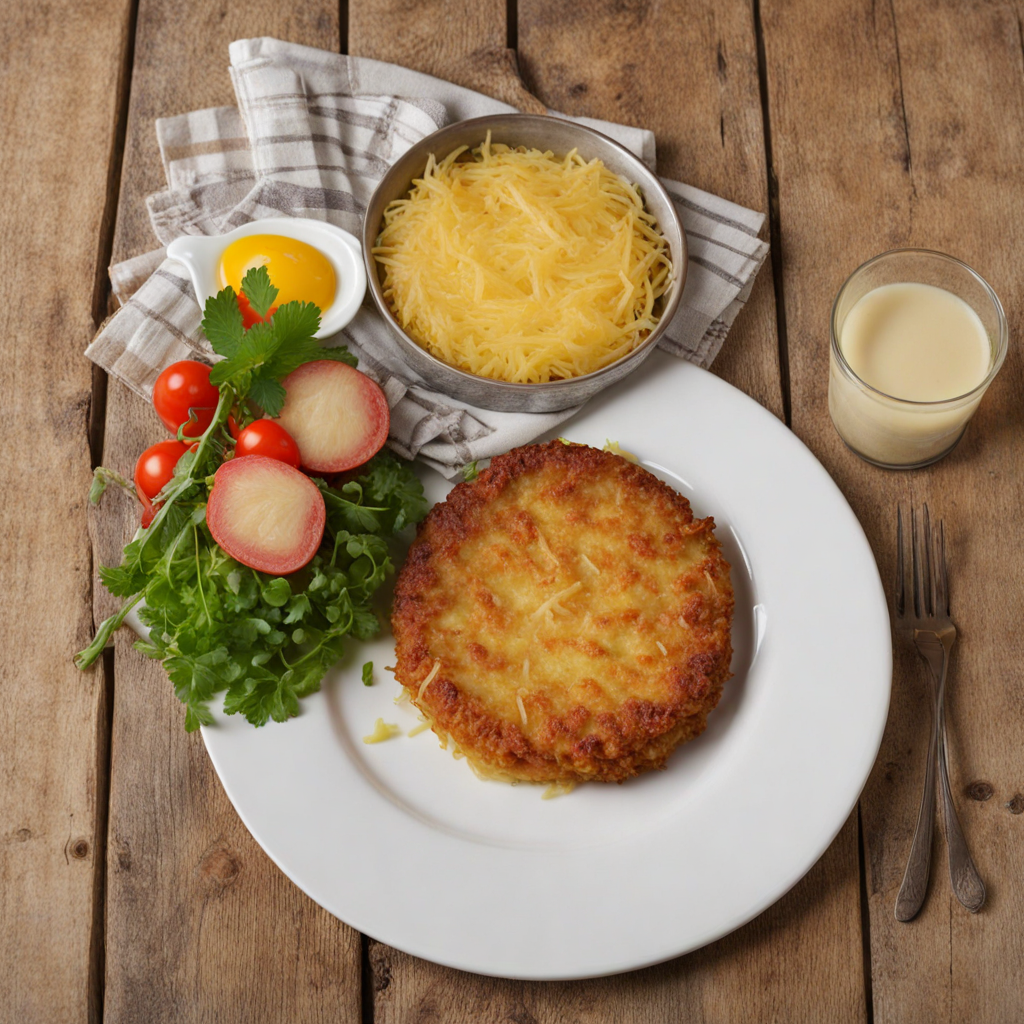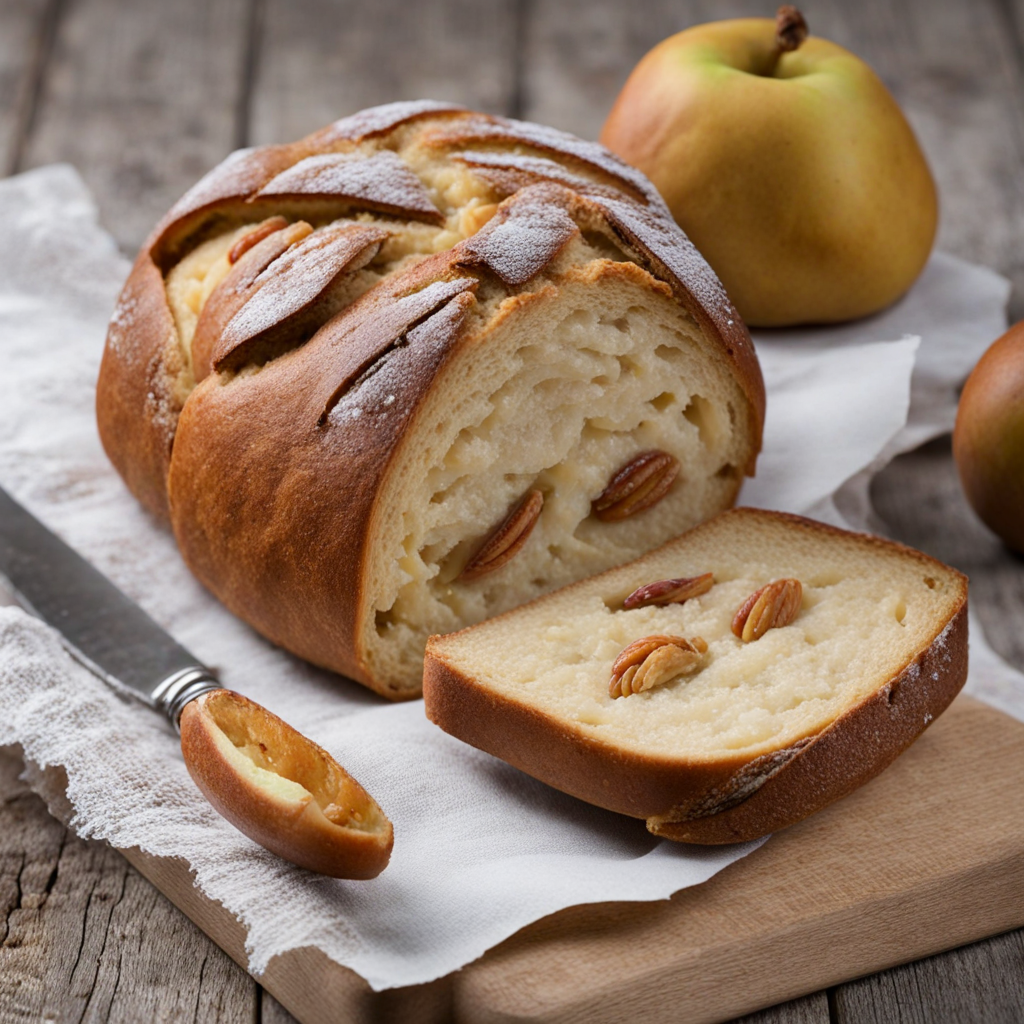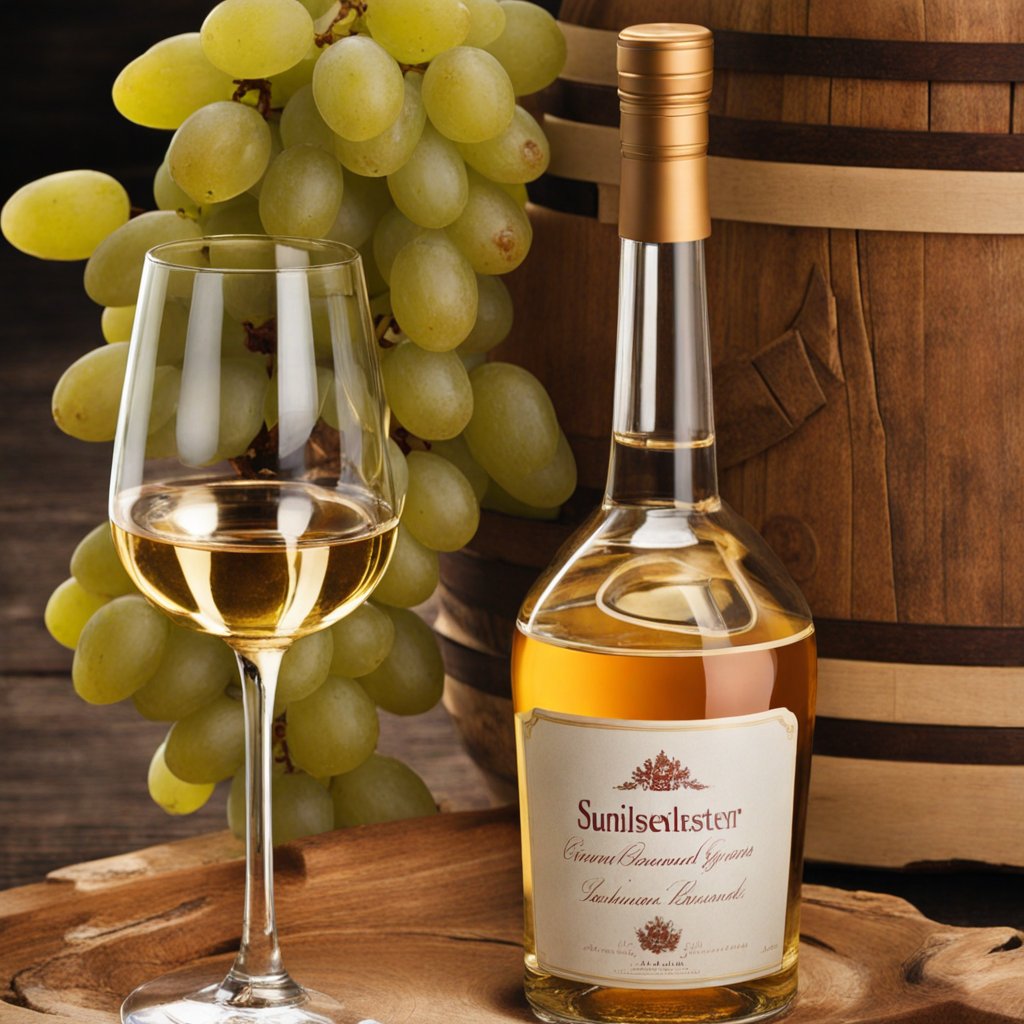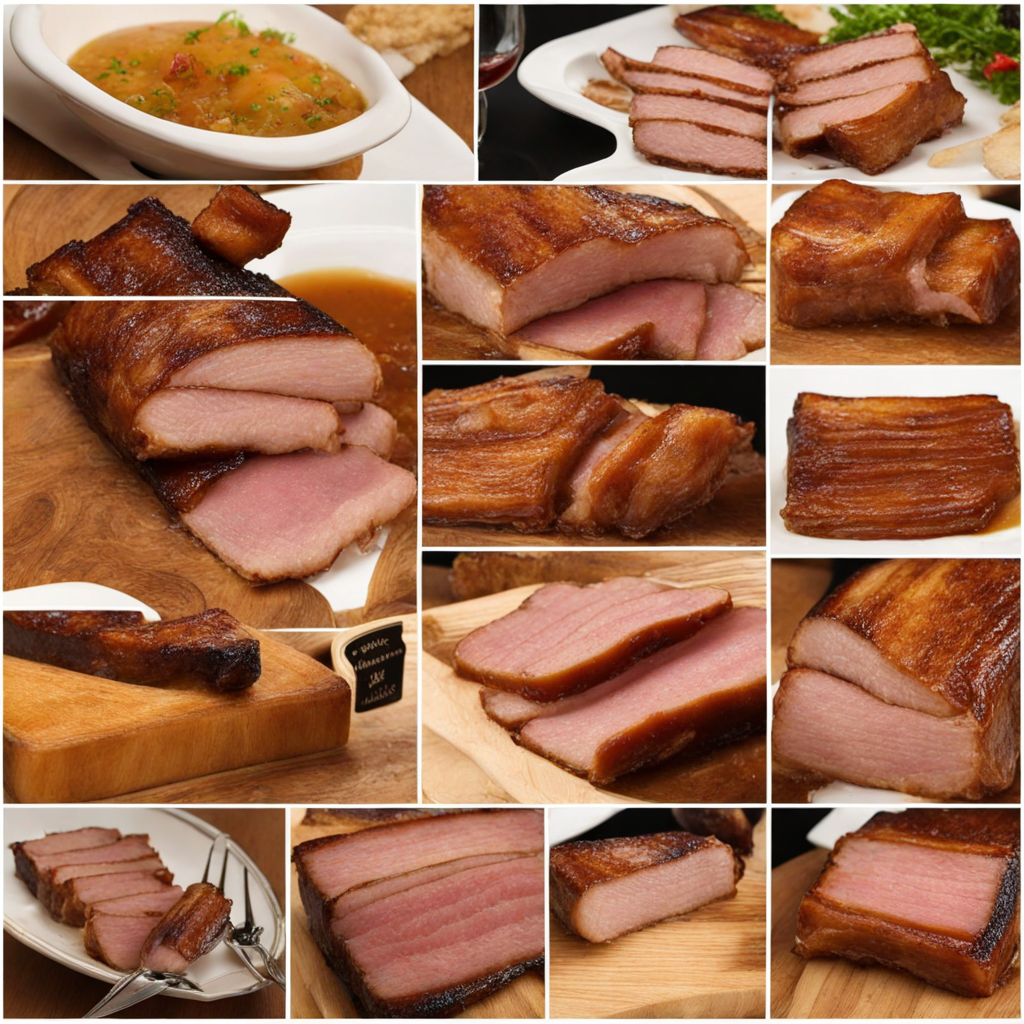Rösti
Rösti is a traditional dish hailing from the Alpine regions, particularly popular in Liechtenstein and neighboring Switzerland. At its core, Rösti consists of grated potatoes that are pan-fried to achieve a delightful golden-brown crust. The texture is a beautiful contrast between the crispy exterior and the tender, fluffy interior, making each bite a delightful experience. While the basic preparation is simple, variations abound, incorporating ingredients like onions, cheese, or herbs, which elevate the dish and infuse it with additional flavors. The preparation of Rösti begins with raw potatoes, which are typically parboiled, cooled, and then grated. The grated potatoes are seasoned with salt and sometimes pepper, shaped into a round cake, and fried in butter or oil until crisp. This method not only brings out the natural sweetness of the potatoes but also provides a rich, buttery taste that complements the dish beautifully. Rösti can be served as a side dish, pairing wonderfully with meats, or enjoyed as a stand-alone meal topped with eggs, smoked salmon, or even sautéed vegetables for a hearty breakfast or brunch option. Rösti is more than just a dish; it embodies the spirit of comfort food, perfect for sharing with friends and family around the table. Its humble origins have led to its rise as a beloved staple in Liechtenstein, often featured in local eateries and homes alike. Whether enjoyed in its classic form or with creative twists, Rösti offers a unique culinary experience that captures the warmth and flavors of the Alpine region, inviting food lovers to discover a new favorite.
How It Became This Dish
The Engaging History of Rösti: A Culinary Gem of Liechtenstein #### Origins Rösti, a dish most commonly associated with Switzerland, has a fascinating history that extends beyond its national borders, deeply embedding itself in the culinary traditions of Liechtenstein. The name "Rösti" is derived from the German word "rösten," meaning "to roast" or "to fry." This simple yet hearty dish primarily consists of grated potatoes, which are pan-fried until crispy and golden brown. Although its roots lie in Switzerland, the dish has found a unique place in the kitchens and hearts of the people of Liechtenstein. The origins of Rösti can be traced back to the late 19th century, particularly in the region of Bern, where it was initially a farmer's breakfast. Farmers would prepare it to sustain themselves through long days of labor in the fields. The dish was practical, utilizing leftover potatoes and requiring minimal ingredients and cooking time. It became a staple for rural communities, who cherished its simplicity and adaptability. #### Cultural Significance Rösti holds considerable cultural significance not just in Switzerland but also in Liechtenstein. The dish represents comfort and nostalgia, evoking memories of family gatherings and traditional celebrations. In Liechtenstein, it is often served alongside a variety of meats, such as sausages or pork, and is complemented by regional specialties like apple sauce or pickles. This versatility has allowed Rösti to transcend its humble origins and become a cherished component of Liechtenstein's culinary identity. The dish also reflects the agricultural heritage of Liechtenstein. Nestled in the heart of the Alps, this small principality boasts fertile land ideal for potato cultivation. The ability to grow and harvest potatoes has allowed Rösti to become a symbol of local pride and sustenance. As the principality has evolved, so too has the dish, adapting to the changing tastes and preferences of its inhabitants. #### Development Over Time The journey of Rösti from a rural breakfast item to a symbol of national pride is a testament to the evolving nature of food culture. In the early 20th century, as Liechtenstein became more integrated into European culinary traditions, Rösti began to gain popularity beyond its original context. The rise of tourism in the mid-20th century also played a pivotal role in elevating the profile of traditional dishes, including Rösti. Visitors flocked to the picturesque landscapes of Liechtenstein and sought to experience its culinary offerings, leading to the incorporation of Rösti into restaurant menus. During this time, chefs in Liechtenstein began to experiment with Rösti, adding new ingredients and flavors to enhance the dish. While the traditional version remained a favorite, variations emerged, featuring ingredients like cheese, onions, and herbs. The incorporation of local cheeses, such as Bündner cheese, added a rich creaminess that complemented the crispy potatoes beautifully. Additionally, the use of seasonal ingredients allowed chefs to create unique interpretations of Rösti, showcasing the region's agricultural bounty. In the latter half of the 20th century, as globalization and fusion cuisine gained momentum, Rösti embraced new influences. Chefs began to experiment with international flavors, incorporating spices and techniques from various culinary traditions. This evolution highlighted the adaptability of Rösti, allowing it to remain relevant in an ever-changing culinary landscape. Today, one might find Rösti served with exotic toppings or paired with global cuisines, showcasing the dish's versatility and the creativity of modern chefs. #### Rösti in Contemporary Liechtenstein In contemporary Liechtenstein, Rösti has solidified its status as a culinary icon. It is commonly featured on the menus of traditional restaurants, where it is prepared with care and served with pride. The dish is often enjoyed during festive occasions, family gatherings, and national celebrations, serving as a reminder of the country's rich heritage. Moreover, Rösti has become a symbol of the local food movement, emphasizing the importance of sustainability and regional ingredients. Many chefs and home cooks prioritize using locally sourced potatoes, which not only supports local farmers but also ensures the freshest flavors. As the farm-to-table movement gains traction, Rösti stands as a testament to the idea that simple, high-quality ingredients can create unforgettable dishes. Rösti also plays a role in the culinary tourism sector, attracting visitors who seek to experience authentic Liechtenstein cuisine. Food festivals and events often highlight Rösti, allowing tourists to engage with local chefs, learn about traditional cooking methods, and savor the dish in its various forms. This interaction fosters a deeper appreciation for Liechtenstein's culinary heritage and encourages the preservation of traditional recipes. #### Conclusion The history of Rösti in Liechtenstein is a rich tapestry woven from agricultural traditions, cultural significance, and culinary evolution. From its humble beginnings as a farmer's breakfast to its current status as a beloved national dish, Rösti exemplifies the enduring connection between food and identity. As Liechtenstein continues to embrace its culinary heritage, Rösti remains a symbol of comfort, creativity, and community—an enduring reminder of the power of food to bring people together. In a world where culinary traditions are often overshadowed by modern trends, Rösti stands as a testament to the importance of preserving and celebrating regional dishes. Its journey from the fields of Liechtenstein to the tables of contemporary restaurants is a celebration of history, culture, and the enduring love of home-cooked food. So, the next time you savor a plate of Rösti, take a moment to appreciate the rich history and cultural significance behind this beloved dish—a true gem of Liechtenstein's culinary landscape.
You may like
Discover local flavors from Liechtenstein







